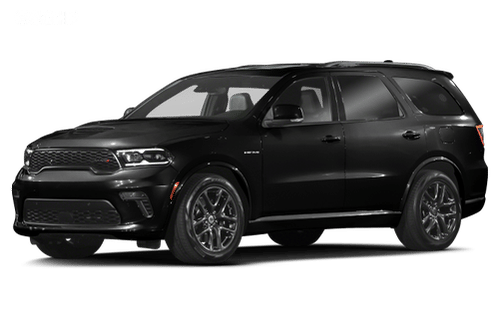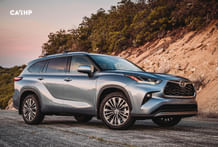The 2022 Dodge Durango is a mid-size SUV that offers a spacious and versatile interior, a smooth ride, and powerful engine options. However, some owners have reported issues with the transmission, electrical system, and fuel economy. The Durango faces tough competition from other mid-size SUVs such as the Chevrolet Traverse, Ford Explorer, and Toyota Highlander. Despite some reported problems, the Durango's sales figures have been steady, with over 66,000 units sold in the United States in 2021. However, its market perception for quality and reliability remains mixed, with some experts ranking it highly while others express concerns about its long-term durability.
2022 Dodge Durango User Complaints and Problems
Engine and Mechanical Problems
- Engine - One owner reported that the engine was making a knocking noise and the check engine light came on. The vehicle was taken to the dealership, and the engine had to be replaced.
- Fuel Pump - Another owner reported that the vehicle stalled while driving, and the check engine light came on. The dealership diagnosed the problem as a faulty fuel pump, which needed to be replaced.
Safety Problems
- Driver assistance features - One owner reported that the adaptive cruise control feature malfunctioned, causing the vehicle to brake suddenly and unexpectedly.
Exterior Problems
- Paint - According to one owner the paint on the vehicle was chipping and peeling off in several areas, even though the vehicle was only a few months old.
Interior Problems
- Dashboard - One owner reported that the dashboard was cracked and had to be replaced.
Electrical Problems
- Infotainment - According to one owner the infotainment system would freeze and become unresponsive, and the only way to reset it was to turn the car off and on again.
Miscellaneous Problems
- Seats - An owner reported that the driver's seat would move unexpectedly while driving, causing a safety hazard. The dealership diagnosed the problem as a faulty seat motor, which needed to be replaced.
2022 Dodge Durango Recalls
|
S. No |
Date |
NHTSA ID |
Issues Noticed |
Additional Remarks |
Remedy |
|---|---|---|---|---|---|
|
1 |
2022-01-26 |
22V025000 |
Fuel rail assembly may leak and increase fire risk |
Recall affects certain vehicles equipped with a 3.6L engine |
Dealers will replace the fuel rail assembly with a new one free of charge |
|
2 |
2022-03-17 |
22V146000 |
Suspension lower control arm may detach and cause crash |
Recall affects certain vehicles built between August 10, 2021, and December 23, 2021 |
Dealers will inspect and replace the lower control arms and attaching bolts if necessary |
|
3 |
2022-06-02 |
22V317000 |
Fuel pump may fail and cause engine stall |
Recall affects certain vehicles equipped with a 6.4L engine |
Dealers will replace the fuel pump module with a new one free of charge |
|
4 |
2022-06-14 |
22V336000 |
Rearview camera image may be distorted |
Recall affects certain vehicles built between December 24, 2021, and January 27, 2022, and equipped with a rearview camera |
Dealers will replace the rearview camera with a new one free of charge |
Should you buy the 2022 Dodge Durango?
Based on the recalls and issues noticed, it is recommended that buyers consider other options before purchasing the 2022 Durango. While it is a popular SUV with a powerful engine and ample space, the recent recalls and reported issues may cause concern for potential buyers. It is worth noting that previous years of the Durango have also faced similar recalls and complaints.
If you are set on purchasing a Dodge Durango, it may be worthwhile to consider the 2021 model year, which had fewer recalls and complaints. Alternatively, you may want to look at competitors such as the Ford Explorer, Toyota Highlander, or Honda Pilot, which have received positive reviews and have not had as many recalls or issues.
If you do decide to purchase the 2022 Dodge Durango, it is crucial to be aware of some critical problems that users have reported, such as issues with the electrical system, suspension, and brakes. Be sure to monitor any warning signs and have them addressed promptly to avoid potential safety hazards.











